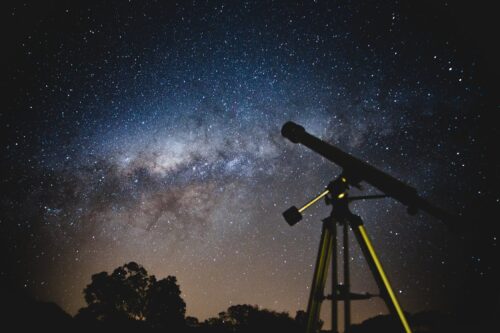Image Courtesy of Pexels.
Scientists believe that when planetary systems first form, they are in a pristine, near-resonant state. Near-resonance describes when the orbits of multiple planets meet in set ratios and the planets regularly line up during their orbits. Near-resonant planets are expected to orbit in the same direction as their star’s rotation—an orientation known as alignment. However, orbits often aren’t perfectly aligned. Malena Rice GSAS ’22, an assistant professor of astronomy at Yale, researched a group of near-resonant planets to better understand why so many planetary systems have misaligned, sideways, or backward orbits. “The fact that we have all these weird, wacky planets means we can study other kinds of systems as we’re working toward understanding how our solar system fits into a broader picture,” Rice said.
Rice examined the tilts of orbits in near-resonant systems through the Stellar Obliquities in Long-period Exoplanet Systems survey, founded by Rice as a PhD student. With telescopes, Rice and an international team of collaborators recorded the properties of large planet TOI-2202 b. Despite TOI-2202 b being in a near-resonant system, its orbit was still tilted by twenty degrees, likely from interacting with other celestial bodies. The reason for this dramatic tilt is unknown, but discoveries like this help scientists get closer to the answer. While TOI-2202 b is the most tilted example to date, several other near-resonant systems demonstrate a similar slant. “A lot of planetary systems are being tilted a little bit; there’s this low-level dynamical disturbance that is regularly occurring,” Rice said. “Understanding their properties helps us to engage with how amazing the laws of the universe are on a broad scale.”

